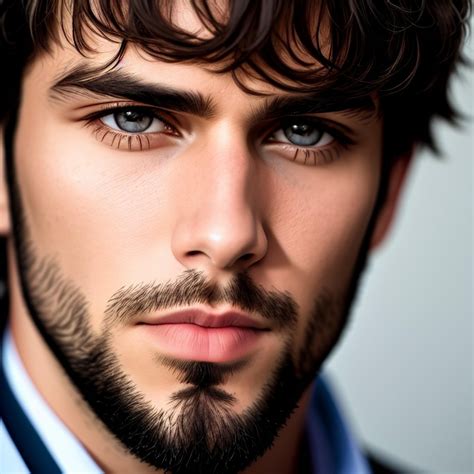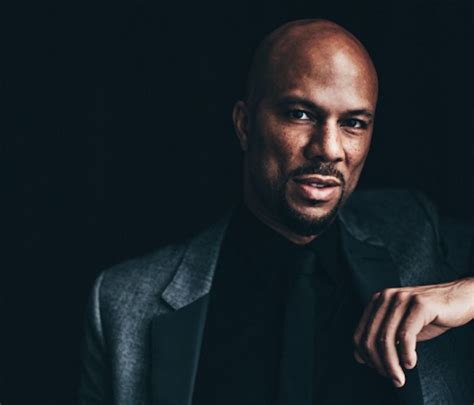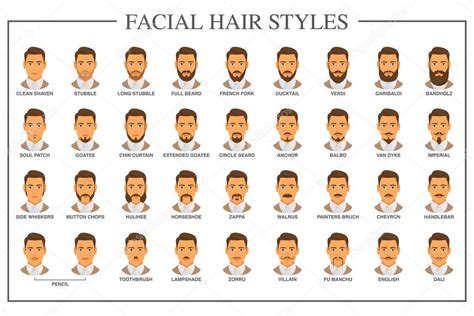Facial hair is a prominent secondary sexual characteristic in men, varying significantly in its growth patterns and distribution. Understanding these typical characteristics involves looking at the underlying biological mechanisms, common areas of growth, and the factors that influence density and coverage.
The Hormonal Blueprint: Androgens and Hair Growth
The development of facial hair, like other androgenic hair, is primarily driven by hormones, particularly testosterone and its more potent derivative, dihydrotestosterone (DHT). These androgens stimulate the hair follicles on the face to produce thicker, darker, and longer terminal hairs, replacing the finer vellus hairs present during childhood. The sensitivity of individual hair follicles to these hormones dictates where hair grows and how densely.

Typical Facial Hair Growth Zones and Patterns
While every man’s facial hair pattern is unique, there are common zones where growth typically occurs:
-
Mustache Area
Hair above the upper lip is usually one of the first areas to develop terminal hair during puberty. It can range from a thin, sparse growth to a thick, full mustache.
-
Goatee and Chin Hair
This includes hair on the chin, sometimes extending to the area below the lower lip (the soul patch). Growth here can be dense, forming a distinct goatee, or blend into a full beard.
-
Sideburns and Cheek Growth
Sideburns extend from the hairline down the side of the face. Cheek hair connects the sideburns to the mustache and chin, forming the main body of a full beard. The density and extent of cheek hair can vary greatly, with some men experiencing full, thick coverage and others having sparser growth, sometimes referred to as ‘patchy’ beards.
-
Neck and Jawline
Hair typically grows along the jawline and extends down the neck. This area often has some of the densest growth and is crucial for shaping and maintaining a beard.

Factors Influencing Distribution and Density
Several factors contribute to the individual variations in facial hair growth:
-
Genetics
This is perhaps the most significant factor. The genes inherited from parents dictate the number of hair follicles, their sensitivity to androgens, and the growth cycle of each hair. This explains why facial hair patterns often run in families.
-
Age
Facial hair typically begins to appear in early to mid-puberty, with full density and coverage often not achieved until a man reaches his 20s or even 30s. Growth patterns can continue to evolve with age.
-
Ethnicity
Different ethnic groups often exhibit distinct typical patterns of facial hair growth. For example, men of East Asian descent generally tend to have less facial hair density compared to men of Caucasian or Middle Eastern descent, although significant individual variations exist within all groups.
-
Hormonal Levels
While androgens are essential, the exact levels and the body’s response to them play a critical role. Hormonal imbalances or certain medical conditions can affect facial hair growth, leading to either excessive growth or sparseness.

Variations and Individual Differences
It’s important to note that what is considered ‘typical’ encompasses a wide spectrum of appearances. Some men may have full, dense beards that connect across the cheeks and jawline, while others may have sparser growth, particularly on the cheeks, or primarily grow hair in the mustache and goatee areas. Patchiness is also a common variation, where certain areas have less dense growth than others. Hair color, texture (straight, wavy, curly), and growth rate also contribute to the overall unique pattern of each individual.

In conclusion, the typical patterns and distribution of facial hair growth in adult men are a complex interplay of genetic predisposition and hormonal influence. While common growth zones exist, the ultimate appearance is highly individual, reflecting a wide range of normal variations that define masculinity and personal style.




